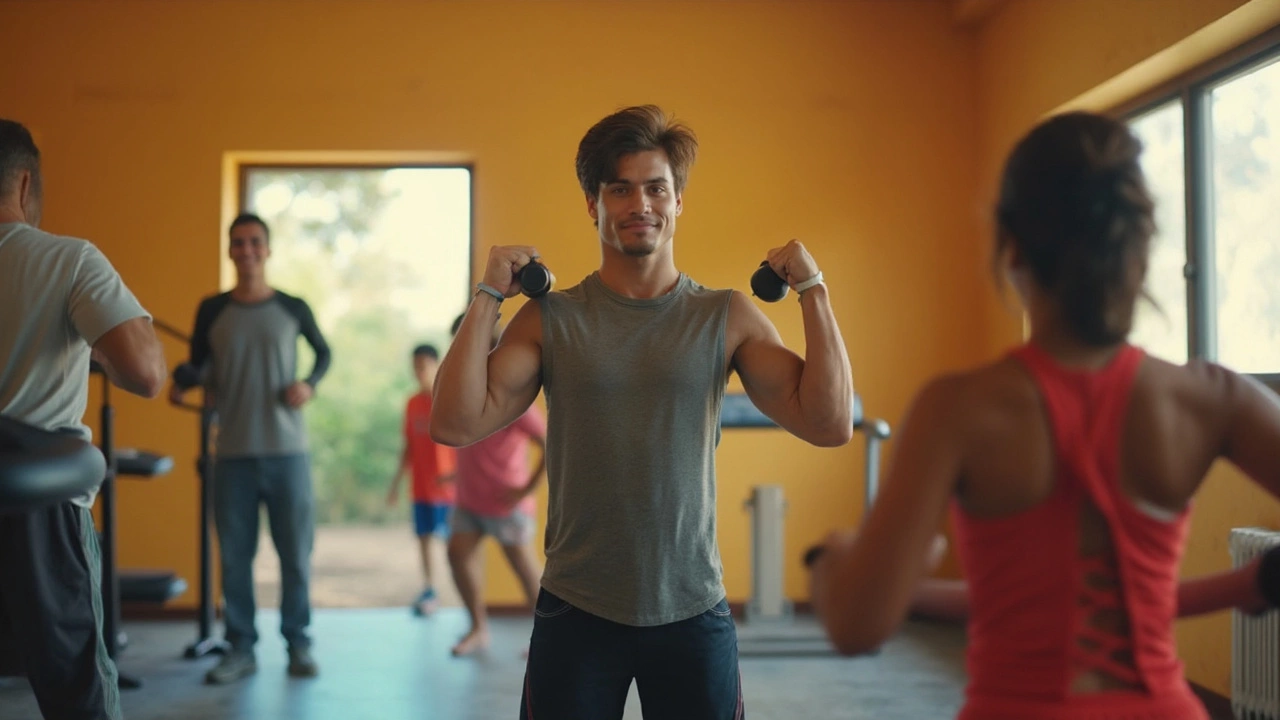Gym Age Guide: When to Start Working Out and How to Train at Any Age
Wondering how old you should be before stepping into a gym? The short answer: almost any age can benefit from a smart workout, as long as you match the routine to your body’s needs. Below you’ll get practical tips for teens, adults, and seniors so you can train safely and see results.
Starting Young: Teens and Kids
For kids under 12, the focus should be on movement, not weights. Think games, climbing, swimming, or short bike rides. These activities build coordination, balance, and a love for staying active. If a teen (13‑17) wants to use a gym, keep the load light and the reps high. Body‑weight moves like push‑ups, planks, and air squats work wonders, and a few dumbbells (5‑10 kg) add a gentle challenge.
Safety is key. A coach or trainer who knows youth programming should supervise the first few sessions. Teach proper form before adding weight, and remind them to listen to their bodies—growth plates are still developing, so any pain is a sign to stop.
Adult and Senior Training
Adults can start at any age, but the plan should reflect their current fitness level and goals. Beginners should begin with full‑body circuits two to three times a week, using moderate weights that let them finish 10‑12 reps with good form. As strength builds, split the routine (e.g., upper/lower) to increase volume without overtraining.
Seniors (60+) often worry about injury, but resistance work is one of the best ways to keep muscles and bones strong. Start with machines that guide movement, like leg presses or seated rows, and keep the weight light. Aim for 12‑15 reps, focusing on slow, controlled motions. Adding balance drills—standing on one leg or using a BOSU ball—helps prevent falls.
Across all ages, warm‑up matters. A five‑minute walk, light jog, or dynamic stretches raise heart rate and prepare joints. Cool‑down with gentle stretching reduces soreness and improves flexibility.
Nutrition supports every stage. Teens need extra protein for growth, adults benefit from balanced carbs and fats, and seniors should prioritize calcium, vitamin D, and protein to protect muscle mass.
Recovery is universal. Sleep at least 7‑8 hours, stay hydrated, and give each muscle group 48 hours before training it again. If you feel unusually sore or fatigued, take an extra rest day.
Finally, set realistic goals. A teen might aim for a pull‑up, an adult could target a 5 km run, and a senior might simply want to lift a grocery bag without strain. Small wins keep motivation high.
Bottom line: there’s no single “right” gym age. Match the intensity, volume, and equipment to where you are in life, stay consistent, and you’ll see steady progress regardless of how many candles are on your birthday cake.
